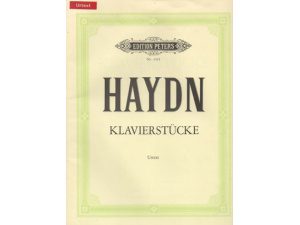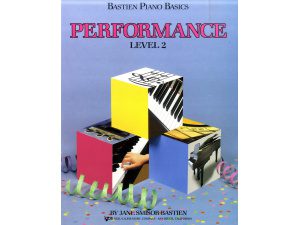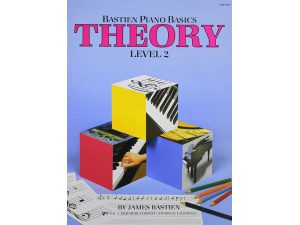Description
A central characteristic of Haydn’s music is the development of larger structures out of very short, simple musical motifs, often derived from standard accompanying figures. The music is often quite formally concentrated, and the important musical events of a movement can unfold rather quickly.
Contents:
Klaviermusik:
- Menuett aus Menuets pour le Clavecin ou Pianoforte Hob. IX: 8.
- Deutscher Tanz Hob. IX: 12.
- Andante.
- Sonata in C major Hob. XVI: 7, 2. Satz.
- Sonata in G major Hob. XVI: 8, 1. Satz.
- Sonata in F major Hob. XVI: 9,3. Satz.
- Leichte Variationen, Thema und Var. I Hob. XVII:5.
Sinfonien:
- Sinfonie No. 45 fis-Moll (F-sharp Minor) Hob. I: 45.
- Abschieds–Sinfonie, 4. Satz.
- Sinfonie No. 94 G major Hob. I: 94.
- Mit dem Paukenschlag, 2. Satz.
- Sinfonie No. 101 D major Hob. I: 101 Die Uhr, 2. Satz
Konzerte:
- Klavierkonzert in D major Hob. XVIII: 11, 1. Satz.
- Trumpetenkonzert in E-sharp major Hob. VIIe: 1, 3. Satz.
- Cellokonzert in D major Hob. VIIb: 2., 3. Satz.
Kammermusik:
- Streichquartett in F major Op. 3 No. 5 Hob. III: 17, 2. Satz.
- Streichquartett in C major Op. 76 No. 3 Hob. III: 77 Kaiser-Quartett, 3. Satz.
- Streichtrio in G major Op. 53 No. 1 Hob. V: 20, 1. Satz.
Vocalwerke:
- “Die Himmel erzahlen die Ehre Gottes” from the Orstorium Die Schopfung Hob. XXI: 2.
- “Knurre, schnurre, knurre” from the Oratorium Die Jahreszeiten Hob. XXI: 3
- Agnus Dei from Missa in tempore belli (“Paukenmesse”) Hob. XXII: 9.
Buhnenwerke, Arien und Lieder:
- “O Augen, ihr reinen” from the Opera Die Welt auf dem Mond Hob. XXVIII: 7.
- “Gott erhalte Franz den Kaiser”, Klavierfassung des Liedes Hob. XXVIa: 43.







